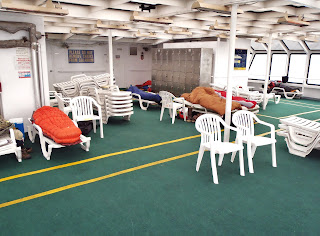 |
| The Southernmost Point in the continental United States |
Jay's Spot Beacon
Latitude:24.54654
Longitude:-81.79745
GPS location Date/Time:06/27/2013 18:19:22 EDT
Message:Jay Meyer has checked in. At the time of this message he was OKAY at the location shown and did not need help.
Click the link below to see where I am located.
http://fms.ws/CfySW/24.54654N/81.79745W
If the above link does not work, try this link:
http://maps.google.com/maps?f=q&hl=en&geocode=&q=24.54654,-81.79745&ll=24.54654,-81.79745&ie=UTF8&z=12&om=1
Jay's Spot Beacon
You have received this message because Jay's Spot Beacon has added you to their SPOT contact list.
Ready for Adventure
FindMeSPOT.com































